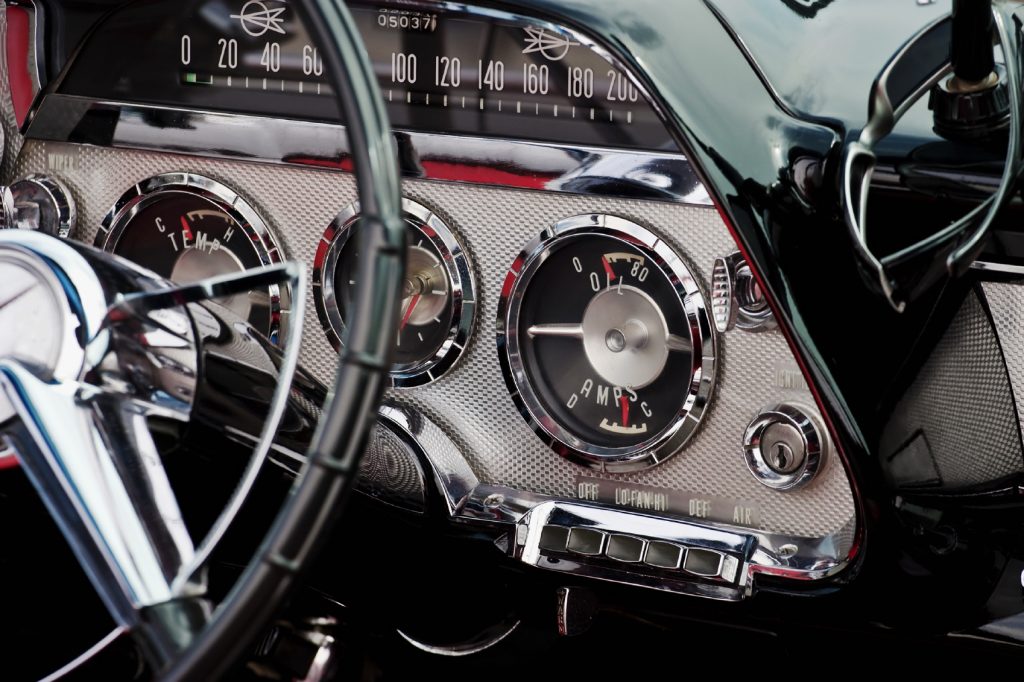
The Atalanta was born in 1936, in Middlesex, England. At the time, these cars were renowned for their lightweight construction, excellent traction, grip and road holding. Atalanta cars performed in the annual Le Mans race and the Welsh rally (of which the team won top prize). Atalanta Motors seemed to have a bright future ahead until the onset of WW2 when high material prices halted vehicle production after only twenty were manufactured. The company did not continue production after WW2 and the Atalanta car was thought to have retired 75 years ago.
Now after nearly a century, Atalanta Motors has started up again, and plans to release a new version of the Atalanta car. The much anticipated reveal of this vehicle occurred at the 2014 Concours of Elegance, which took place at the UK Hampton Court Palace from September 5-6. The original Atalanta was revolutionary at its time, so those awaiting the release will be pondering the types of modernizations the company will make. To get an idea of what auto mechanics have to work with, here are the stats on the 1930s Atalanta car:
Features of the Original Atalanta
- 4.3 litre V-12 Lincoln-Zephyr engine
- Coil spring suspension
- Hydraulic 16-inch brakes
- Electrically operated magnetic epicyclic gearbox
- Multi valve twin spark cylinder head
- Supercharged option
The early Atalantas came with the option of buying an open two-seat sports or tour car, luxury two-door saloon, two-door fixed head coupe or two-door dropped head coupe. Like many 1930s cars, the focus of the Atalanta was on quality mechanics. The 1930s introduced automatic chocks, smooth shifting transmissions and hydraulic brakes. Many cars in this time also had installed newly invented car radios and heaters. If you are looking into automotive technician training for vintage cars, you should be aware that all these changes were new in the 1930s, and systems were much larger and less refined than those of today.
The New Atalanta
So far the only information released about the new Atalanta is that it will have a traditional aluminum over ash coach structure. We also know that 90% of the materials used to build the car will be engineered directly by the company. While this isn’t much to go on, car enthusiasts have made predictions that the car will remain true to original design, while using modern materials with improved functionality. The Atalanta Le Mans racing model from 1938 is what many believe will be the prototype for this new car.
For those in car sales training, there is yet no word on when the remodeled Atalanta will return to the buyer’s market. As of now, the company is taking requests for purchases, and it is intended that the vehicle will be released within the next few years. The release is also rumoured to be limited edition, so collectors and car enthusiasts with interest in owning an Atalanta should start saving up!


